Best Places to Travel in February

Whether you’re chasing winter sun on Valentine's Day, looking for cultural festivals, or leaning into snowy adventures for Presidents' Day, February is an underrated month to travel. Here are some top destinations and what to experience in each.
What are the best places to visit in February and early March? If you are looking for beaches and warmth, head to Cape Canaveral or Daphne. If you want winter romance, go for a carriage ride in NYC. I think you will like the rest of my favorites too.
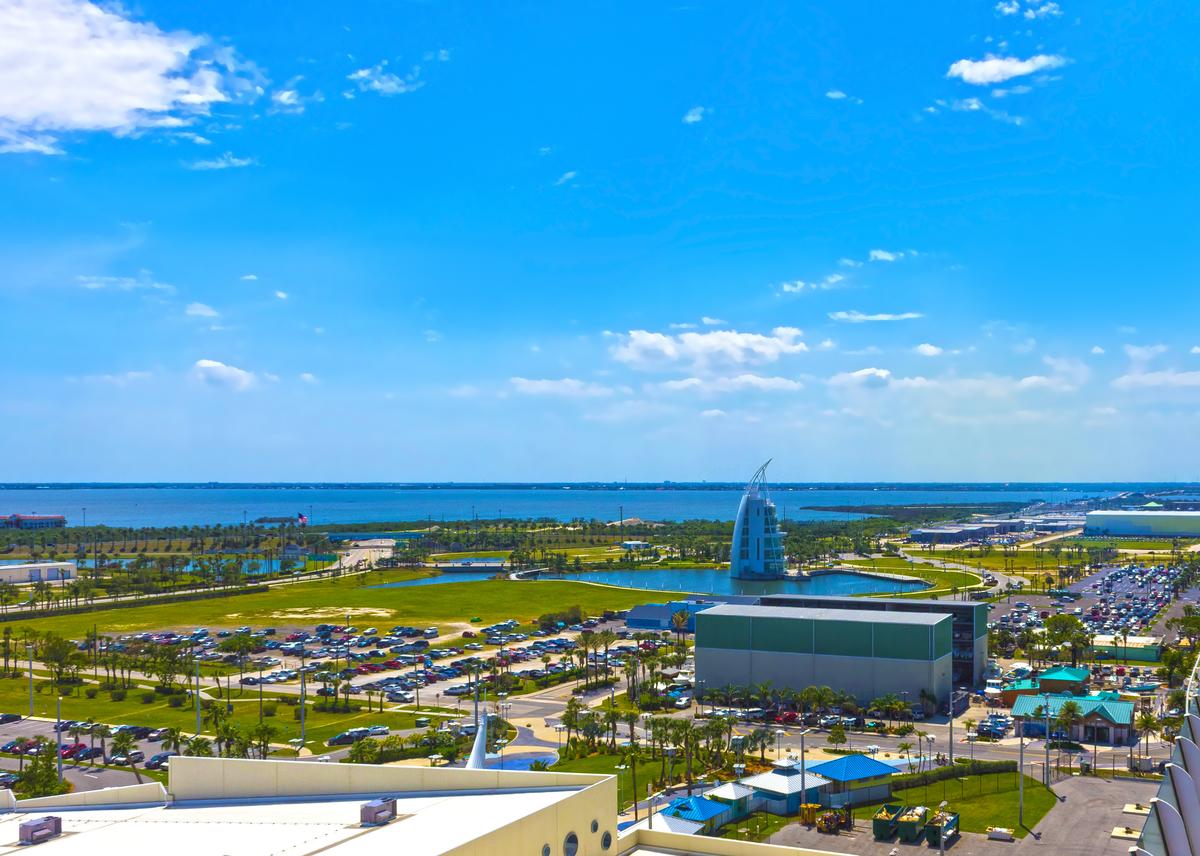
1. Cape Canaveral, Florida
Stretching along Florida’s Space Coast, this area feels like one of the most unique and unspoiled coastal experiences I’ve had in the state. What makes Cape Canaveral especially amazing in February? First off, I loved miles of quiet beaches, and a calm, low-key vibe. In addition, with rocket launches happening throughout the year, you might even catch one lighting up the sky, an unforgettable bonus.
After flying into Orlando International Airport (MCO), I drove about an hour east and settled in for two sunny days in a One Bedroom Suite with a Kitchenette and a separate sitting area at 3-star Radisson Resort at the Port (around $205)
The absolute best experience for me was seeing the rockets at Kennedy Space Center nearby, which honestly felt unreal and emotional in person.
I loved learning about astronauts, missions, and space history, and it made the whole visit feel inspiring and kind of magical.
Cape Canaveral also has some of the best beaches around, and we spent hours just relaxing by the ocean with warm sun and salty air.
The beach vibe here feels more laid back and underrated compared to other Florida spots, which made it one of my favorite parts.
We watched a rocket launch at sunrise, and that moment alone made the entire trip worth it and unforgettable.
The area is super affordable compared to Miami or South Florida, which makes it a brilliant idea for families or couples.
I thought it was awesome how close everything was, from the port to the beaches to great local seafood spots.
We had fresh shrimp and fish at a casual spot near Port Canaveral, and it ended up being one of the best meals of the trip.
Dinner was at Grills Seafood Deck & Tiki Bar where I ordered Pepper Seared Tuna ($16.99) and my husband had Shrimp Poke ($16.99).
- Average February temperature: 56°F – 72°F (13°C – 22°C)
What I loved best:
Catching the electrifying energy of a nighttime rocket launch was my favorite highlight, and I watched the sky erupt in flame and thunder from the beach, toes in the sand and ocean breeze in the air.
If you loved this city, check out more places to visit in Florida!
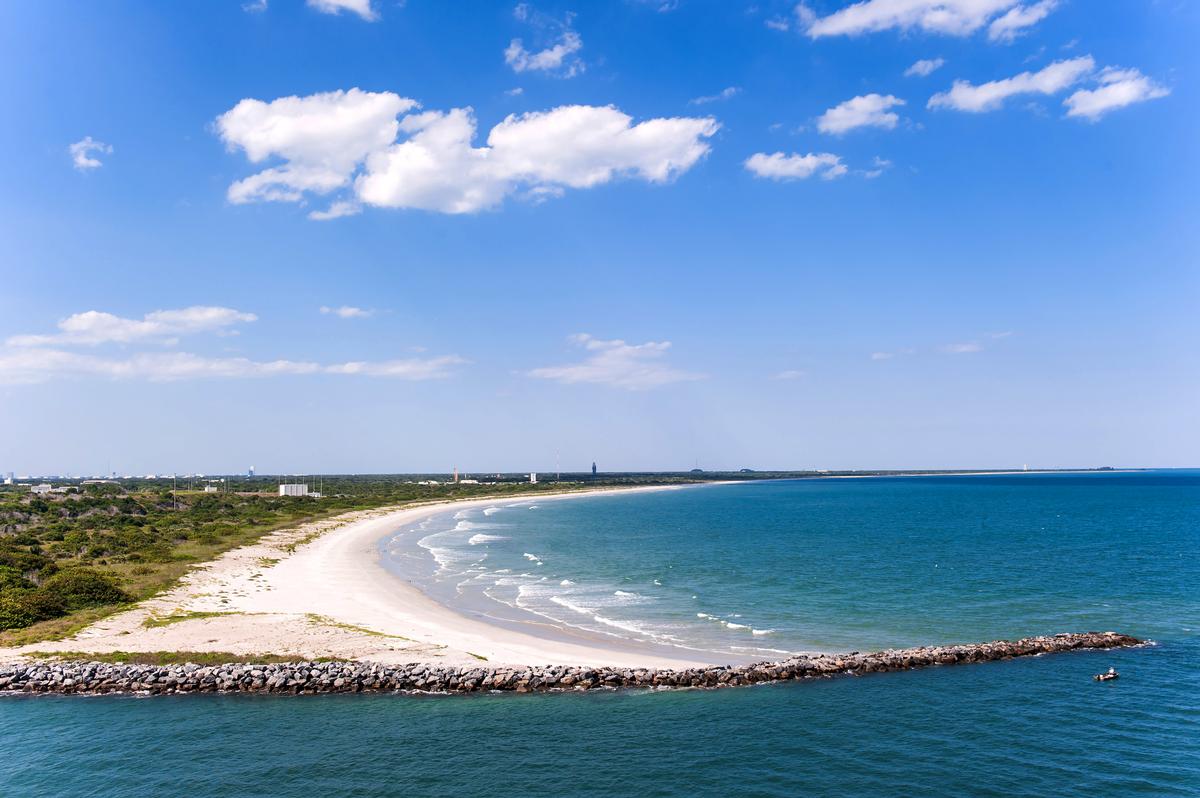
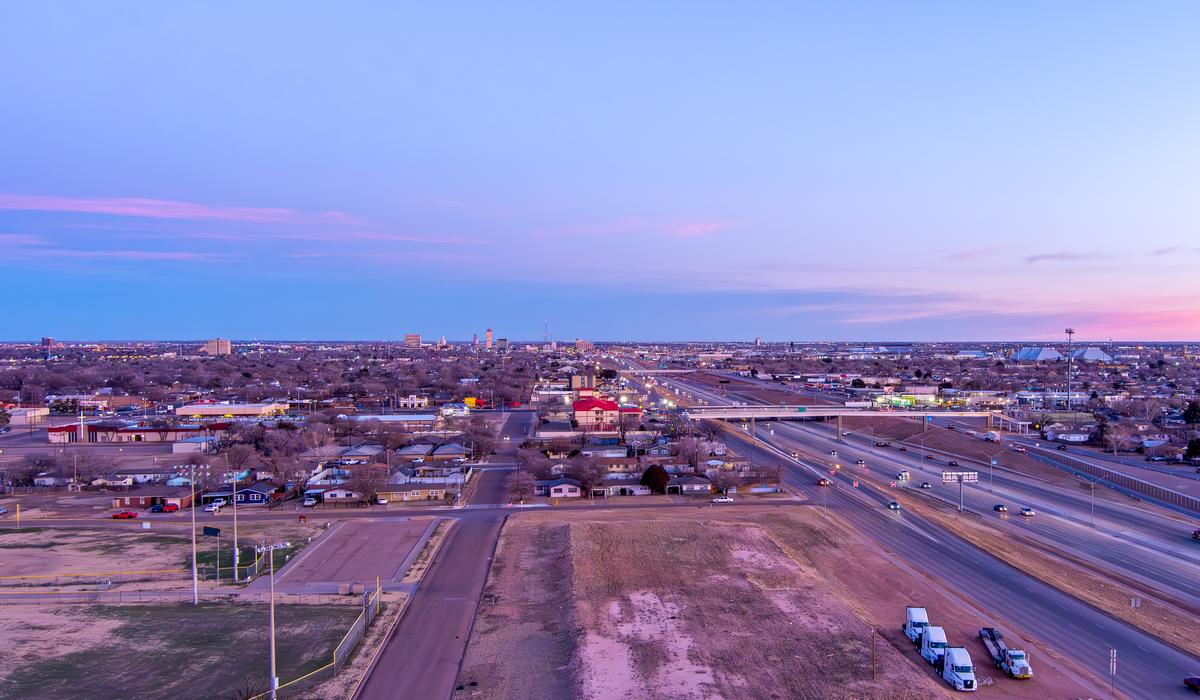
2. Lubbock, Texas
Chris and I both absolutely love Lubbock, and have been many times. Set out on the High Plains, this is one of the most striking landscapes I’ve visited in West Texas in February. In fact, February turned out to be an unexpectedly wonderful month with crisp blue-sky days, quiet museums, and that easygoing West Texas hospitality. I also learned it was prime time for stargazing on the High Plains when I moved to Texas. I thought the clear winter nights paired perfectly with Lubbock’s cozy wine bars for a low-key Valentine’s escape.
I drove five hours up from my home near Austin and spent three relaxed days here. I explored the Texas High Plains Wine Country, wandered the wide-open prairie trails at Lubbock Lake Landmark, admired the bold murals downtown, and lingered in the fascinating Buddy Holly Center ($10 General admission) — my favorite memento was a hand-crafted guitar pick necklace from a local boutique in the Depot District.
- Average February temperature: 31°F – 60°F (-1°C – 16°C)
What I loved best:
Sipping bold reds at McPherson Cellars was my favorite highlight. I loved the earthy, sun-soaked flavors of the High Plains grapes, and the peaceful courtyard felt like a hidden oasis even in winter.
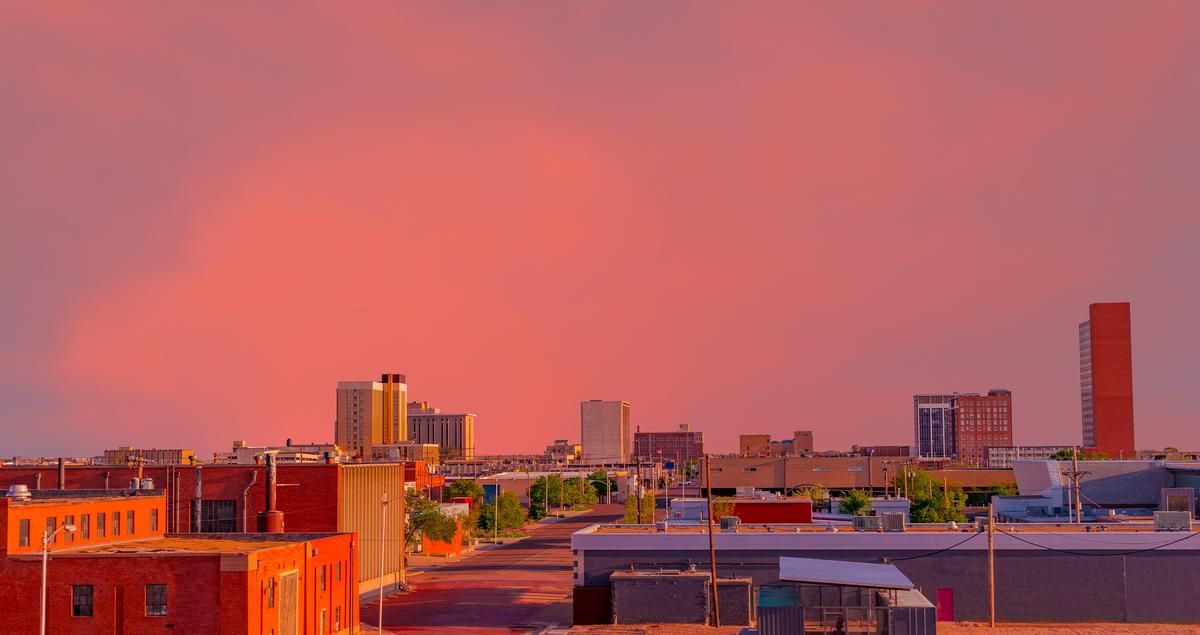
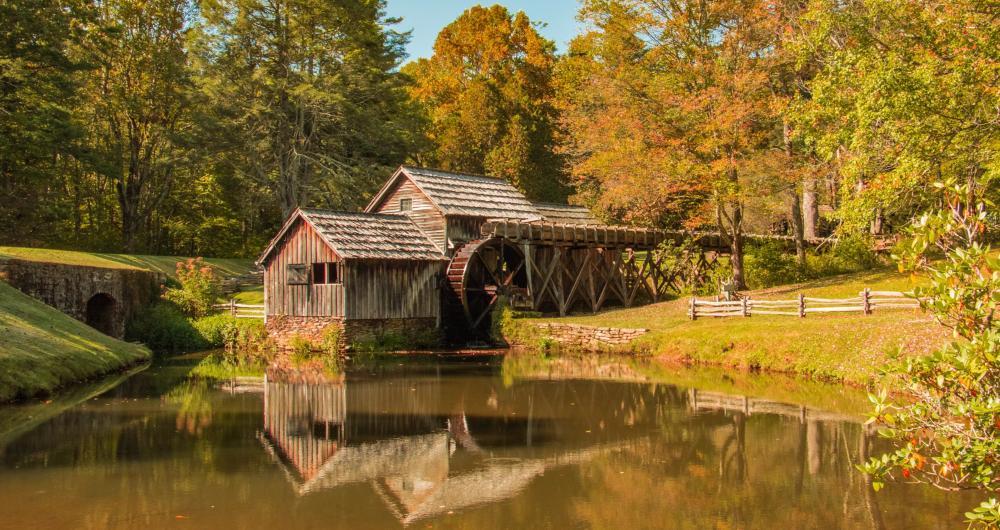
3. Floyd, Virginia
Ready for a mountain retreat with a creative twist? I was very happy I chose this month for my winter trip, and it quickly became one of my favorite February destinations. I loved that the Blue Ridge air was crisp and cool, visibility was stunning along the Parkway, and the town felt perfectly serene without the peak-season crowds. I even scored great rates on a cozy Appalachian cabin and lucked into a fun lineup of local happenings, including an intimate Friday Night Jamboree at the iconic Floyd Country Store.
Arriving via a scenic drive off the Blue Ridge Parkway, I spent a wonderfully peaceful long weekend exploring the artisan studios of the Floyd Center for the Arts, sampling small-batch teas at the charming Red Rooster Coffee Roaster café, and strolling the picturesque streets dotted with galleries and quirky shops. I even took a short hike in Rocky Knob Recreation Area to soak up panoramic ridge views.
- Average February temperature: 44°F – 64°F (7°C – 18°C)
What I loved best:
Staying at the charming 2-star Hotel Floyd (around $121) was my favorite highlight! I especially loved our themed artisan-designed room, the rocking chairs on the porch overlooking rolling hills, and the easy walk to live bluegrass music in town. The warm, rustic feel made it the perfect retreat after crisp mountain evenings, and I thought that the complimentary local-roast coffee in the morning was worth getting up for!
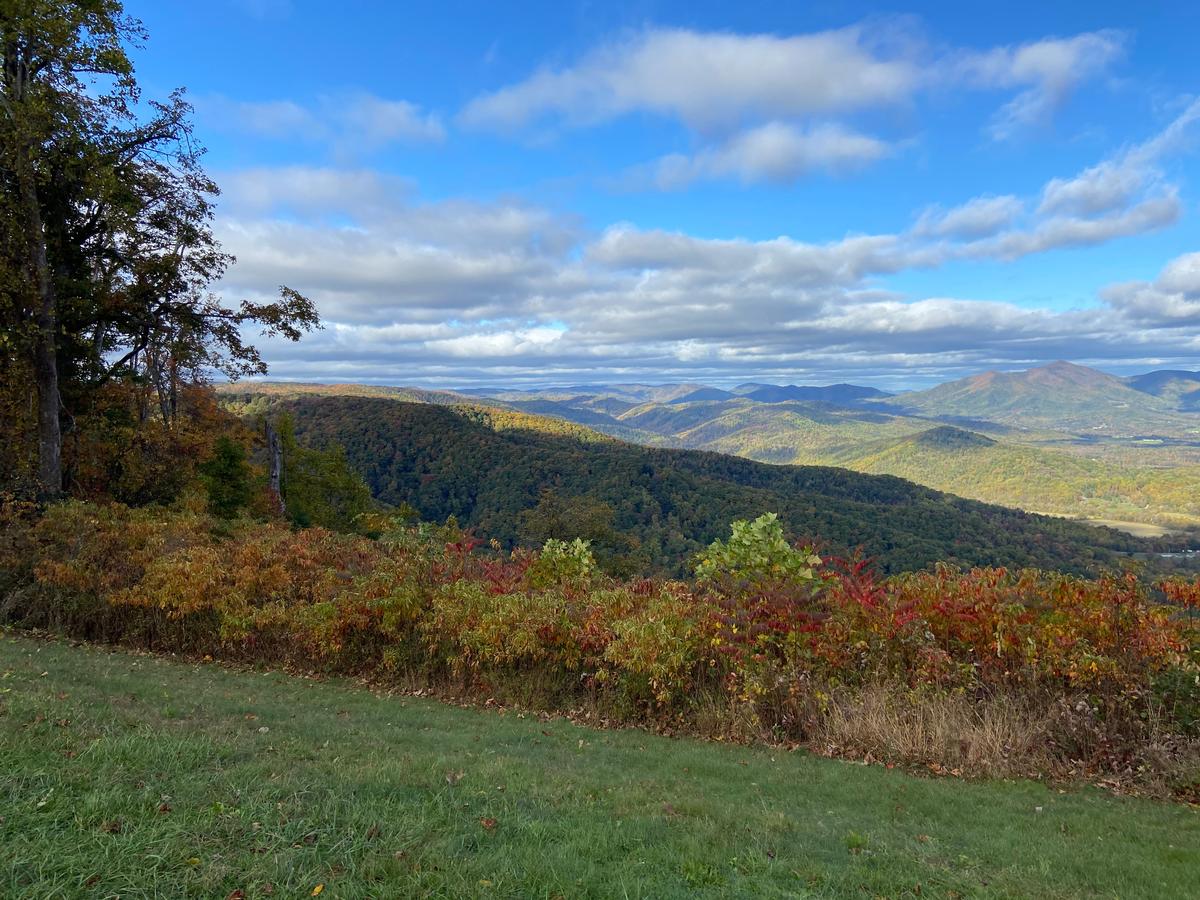
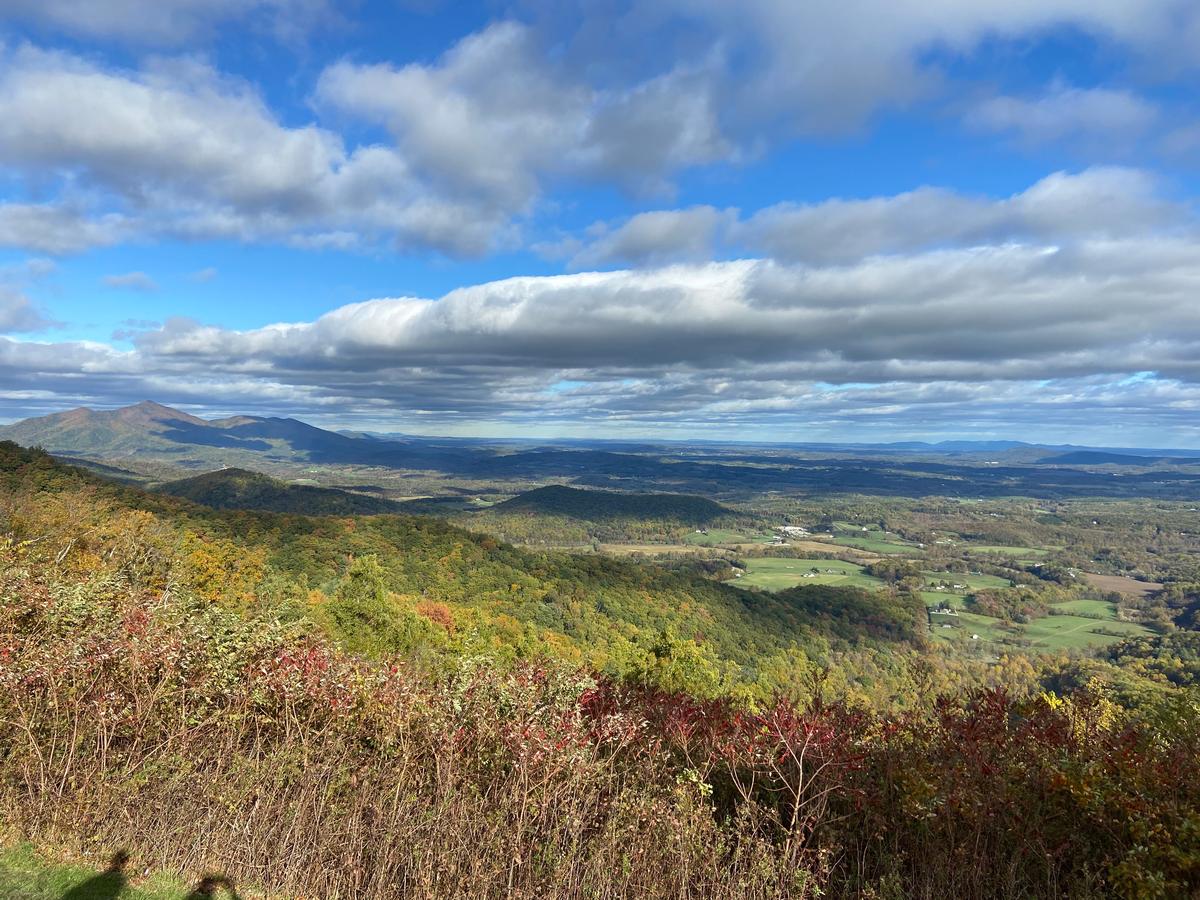

4. Darlinghurst, Sydney
This is one of the most vibrant and beautifully layered districts I’ve explored in Sydney! Why visit in February? Darlinghurst has that rare blend of local charm and cosmopolitan flair. In addition, the warm evenings, bustling patios, and colorful nightlife give the whole area a magnetic summer buzz.
In fact, staying here for a week in February means experiencing the neighborhood at its most vibrant. Warm summer evenings spill into lively streets, café tables stretch onto sidewalks, and just east of Sydney’s CBD, "Darlo" is a district that blends historic terrace houses with cutting-edge dining, nightlife, and art.
- Average February temperature: 66°F – 79°F (19°C – 26°C)
What I loved best:
Whether you’re taking in art, soaking up the festive mood on Oxford Street, or enjoying a summer dinner at Restaurant Moon, the neighborhood captures the spirit of the city at its most colorful, and I think the best way to experience it is to stay in an Airbnb for a week like we did.
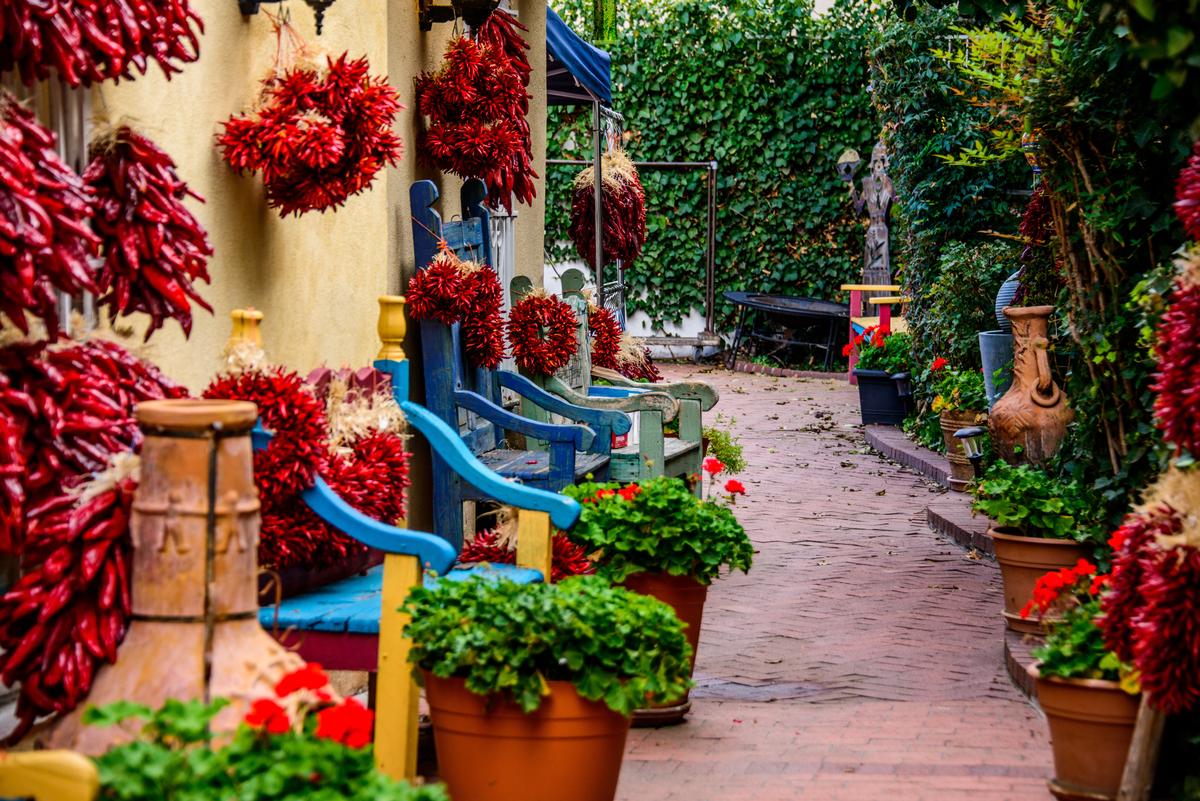
5. Albuquerque
Set along the Rio Grande, this is one of the most striking high-desert destinations I’ve ever explored, and I think it’s one of the most underrated winter getaways in the Southwest.
I loved bright desert sunshine, crisp mornings, and that signature Southwestern friendliness made the Duke City feel especially calm and inviting. I also discovered it’s a perfect time for visiting Old Town without the summer crowds, and the cool nights meant glowing sunsets over the Sandias paired beautifully with Albuquerque’s cozy taprooms for a mellow Valentine’s getaway.
I drove about six hours from my home in central Texas and spent three relaxed days exploring. I wandered through the adobe-lined plazas of Old Town, browsed local artisan shops, soaked in the sweeping views from the Sandia Peak Tramway, and hopped aboard the TourABQ trolley for a fun, breezy overview of the city’s neighborhoods and hidden history (a great way to get your bearings early in the trip)!
I also immersed myself in the rich cultural exhibits at the Indian Pueblo Cultural Center ($12 adult general admission). My favorite souvenir was a small hand-thrown bowl glazed in deep turquoise — a simple, beautiful reminder of the desert palette I fell in love with.
- Average February temperature: 28°F – 56°F (-2°C – 13°C)
What I loved best:
Watching sunset from the Sandia Peak foothills was my favorite highlight. The sky shifted through shades of rose and gold as the city lights blinked awake below me. The winter air was crisp enough to keep the trails quiet, and the stillness made the view feel almost private.
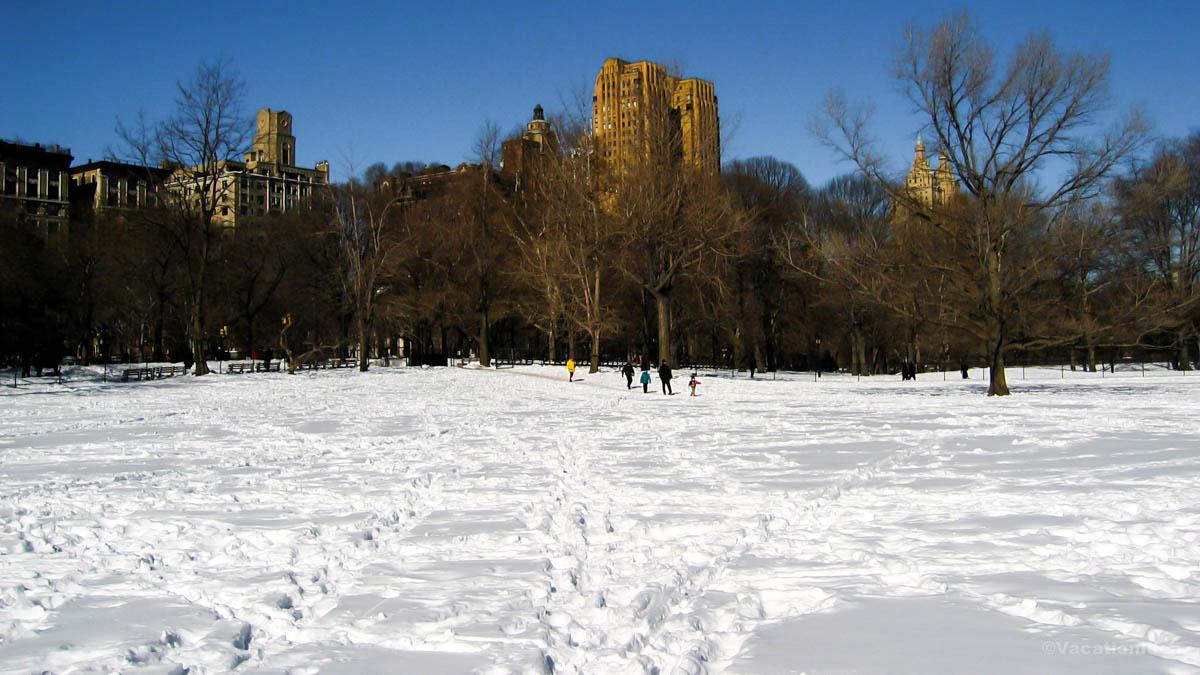
6. Central Park, NYC
Ready for a classic New York escape with winter charm? When we lived in NYC for 10 years, February was the most unique month there because of how unique the landscape is after snowfall.
I spent a rejuvenating long weekend wandering past Bow Bridge, admiring the stillness of The Lake, and lingering at Bethesda Terrace to take in its grand arches. I climbed up to Belvedere Castle for sweeping skyline views, and warmed up with hot chocolate from a tiny nearby café.
- Average February temperature: 29°F – 43°F (-2°C – 6°C)
What I loved best:
One of the absolute highlights was gliding across the ice at Wollman Rink, right in front of the iconic Plaza Hotel, where we skated to soft music while the skyline sparkled overhead felt like stepping into a classic New York winter scene. We had Afternoon Tea at The Palm Court afterwards, an iconic destination for over 115 years!
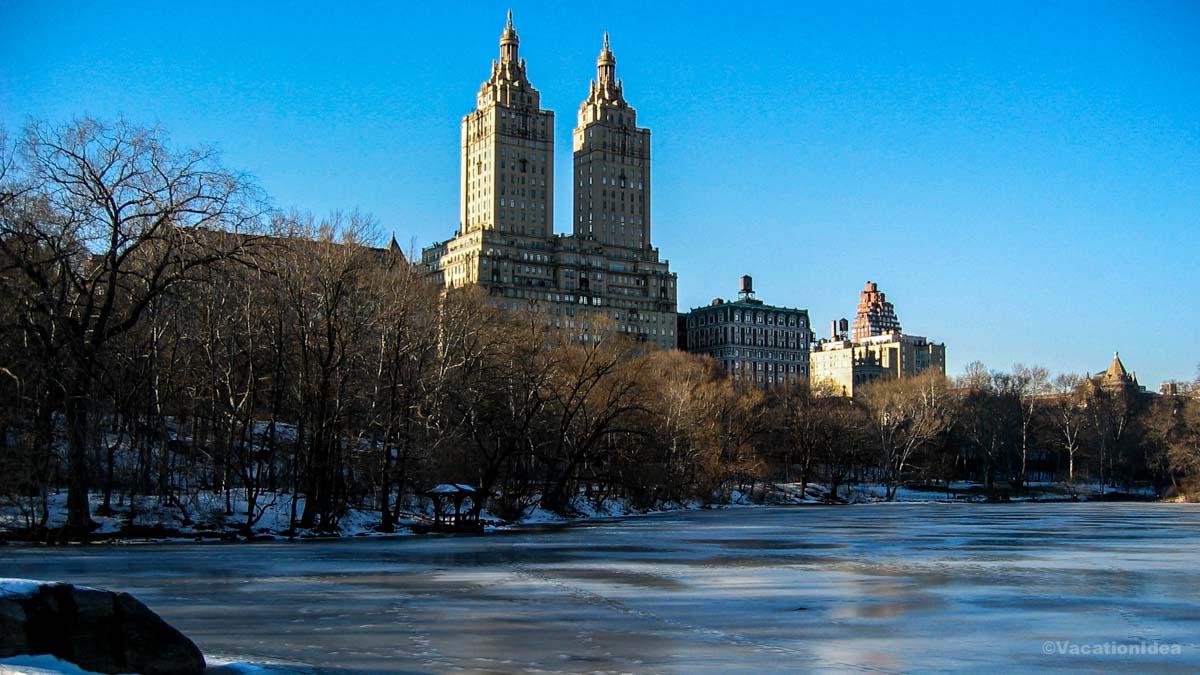

7. Phoenix, Arizona
This desert city is one of my favorite places to go when I want sunshine, scenery, and a relaxed pace.
I found that February was an ideal time to visit — warm enough to enjoy the desert sunshine without the summer intensity, wonderfully quiet on the trails, and touched with that golden winter light that makes the Sonoran landscape glow like a painting. I even caught the first desert blooms popping up along the foothills.
I flew in and spent three easygoing yet unforgettable days basing myself at the stylish, wellness-focused Scottsdale Camelback Resort (around $499/night) in a Monterey Villa with Terrace, and a luxurious Jetted bathtub, perfect for relaxing after long hikes and sun-soaked afternoons. I wandered among the towering saguaros of South Mountain Park, explored the sculptural red sandstone formations of Papago Park, and soaked in sweeping views of the whole valley from Camelback Mountain and Dobbins Lookout.
- Average February temperature: 49°F – 72°F (9°C – 22°C)
What I loved best:
Strolling through the Desert Botanical Garden at dusk, the air still warm and fragrant with creosote, I watched as glowing art installations lit up the cacti and agave, my favorite highlight.
If you loved this city, check out more places to visit in Arizona!
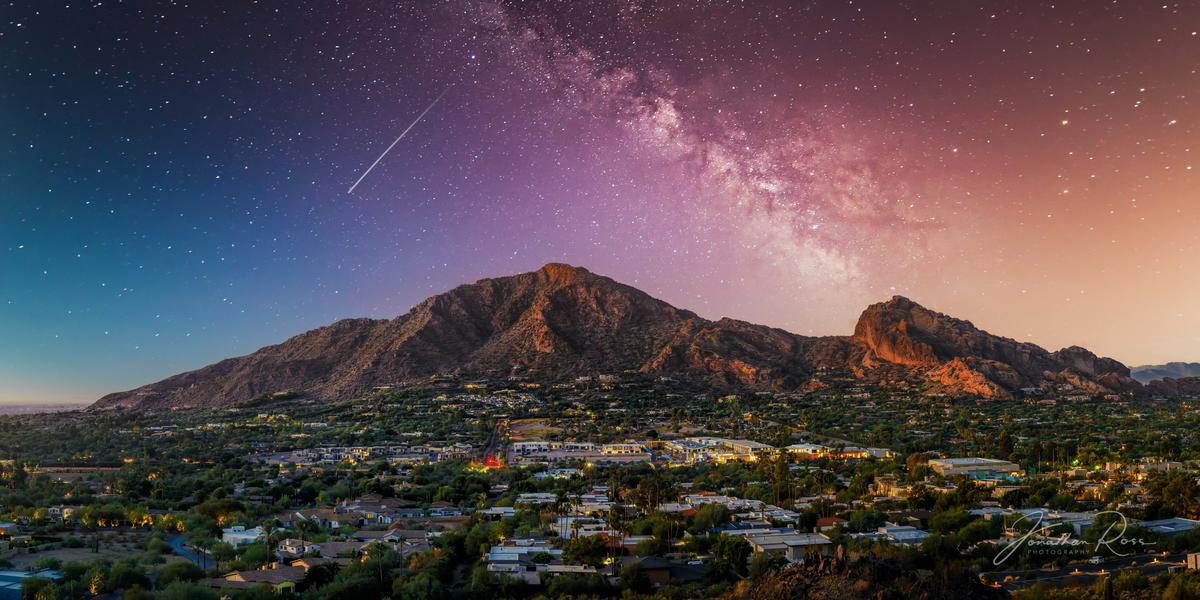
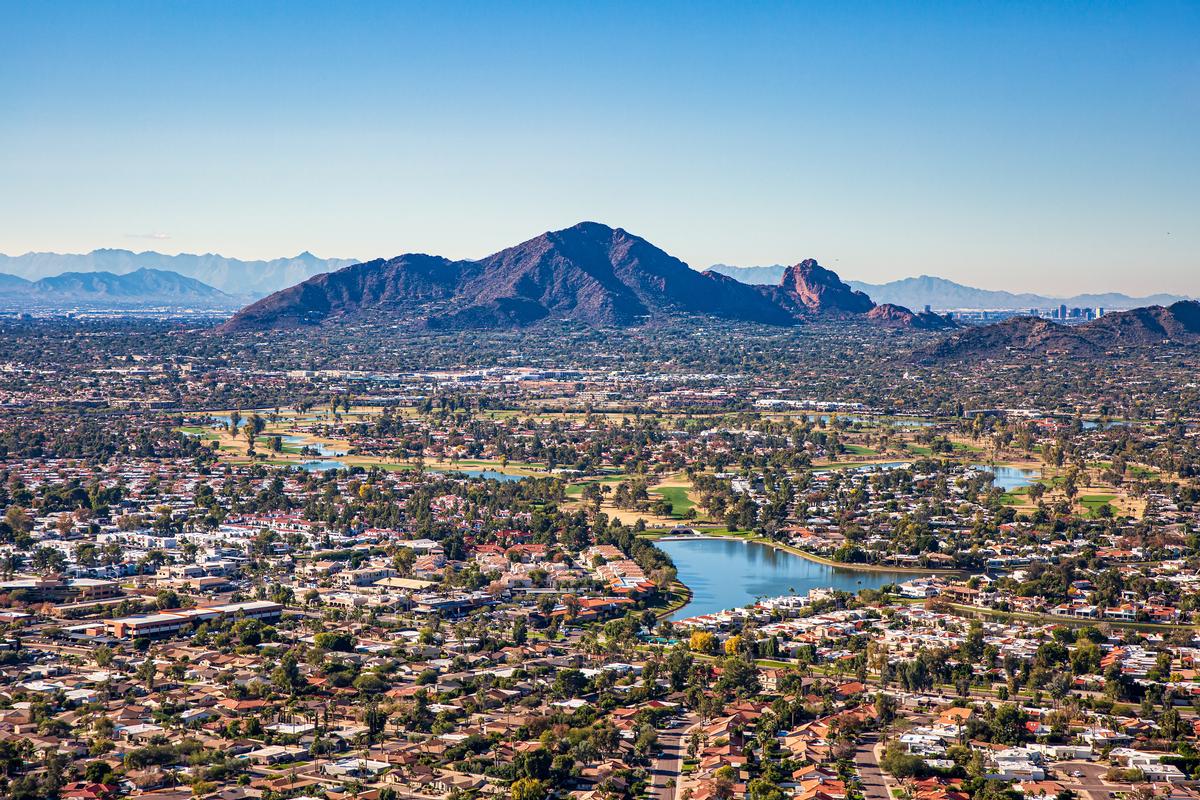

8. Daphne, Alabama
Set along the eastern shore of Mobile Bay, this is one of the most serene and naturally beautiful spots I’ve experienced in coastal Alabama, and I think Daphne is especially lovely in February. Why? Soft winter sunlight reflects off the bay, the trails are quiet, and the whole town has a relaxed charm that feels worlds away from big-city noise. Daphne’s the kind of place where I can truly slow down.
I drove about 20 minutes from Mobile and settled in for two peaceful days, exploring the Bayfront Park trails, wandering historic Olde Towne Daphne, catching sunset at May Day Park’s long wooden pier, indulging in buttery Gulf shrimp at cozy local cafés, and browsing the Saturday markets where stalls smelled of roasted pecans, sweet tea candles, and wild coastal honey.
I loved that Daphne was such a unique destination for foodies, including seafood at Boudreaux's Cajun Grill, Kraver's Seafood Restaurant, and Market by the Bay.
- Average February temperature: 44°F – 64°F (7°C – 18°C)
What I loved best:
Staying at the elegant 4-star Grand Hotel Golf Resort & Spa over the weekend – I loved the stately Southern architecture, the sweeping bayfront lawn, and sipping a refreshing citrusy porch cocktail while watching the nightly cannon firing ceremony across the water!
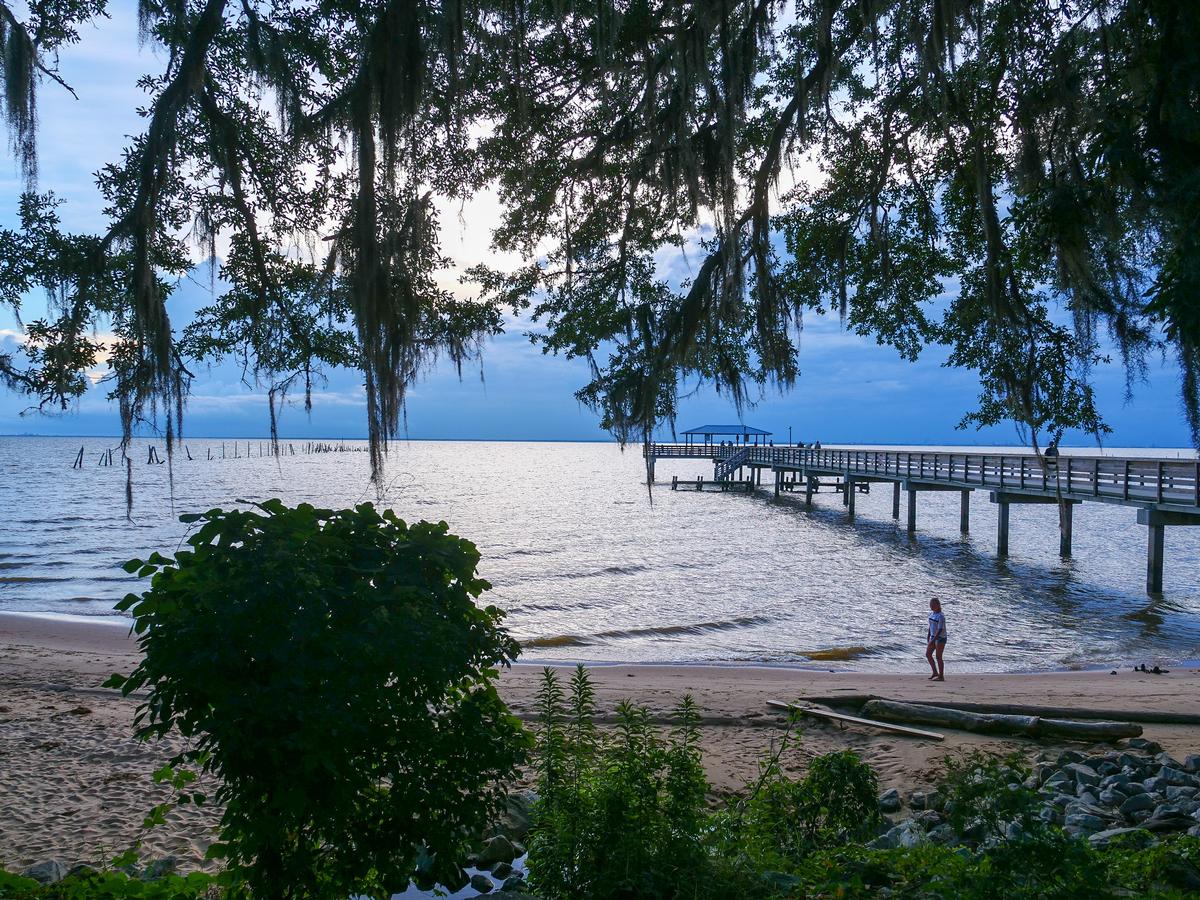
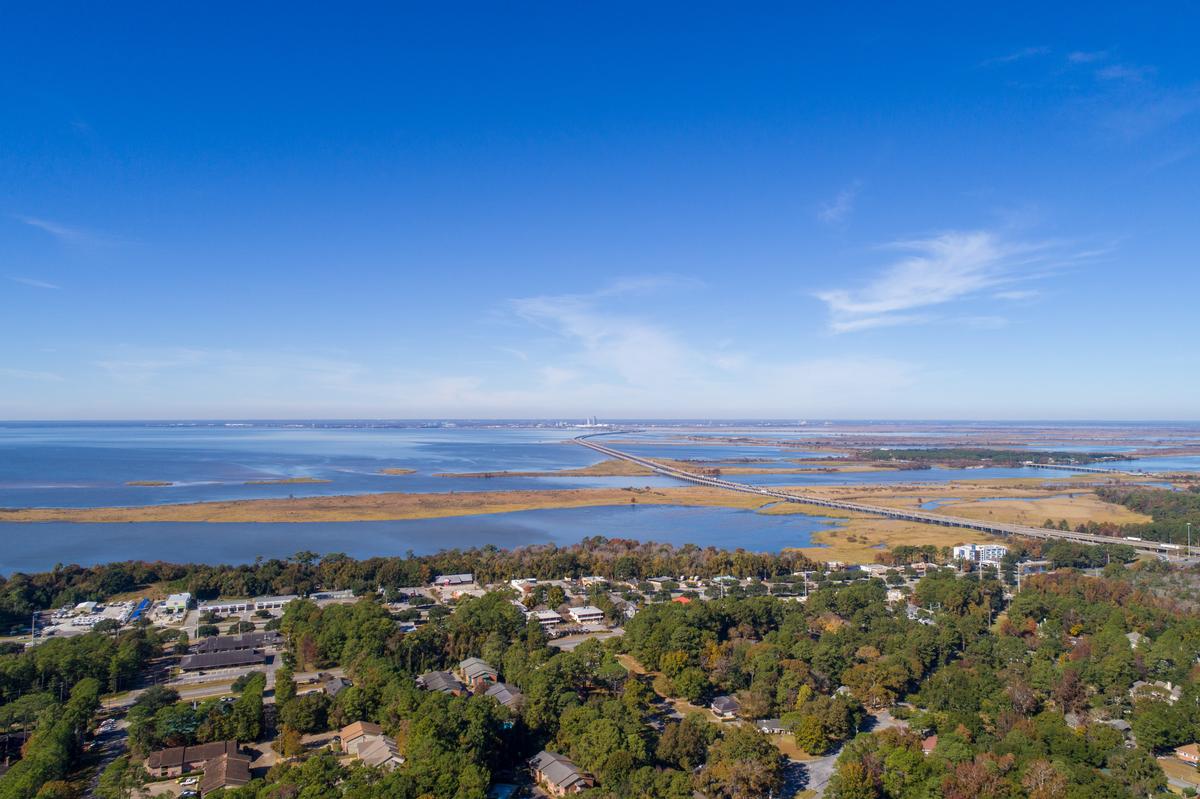
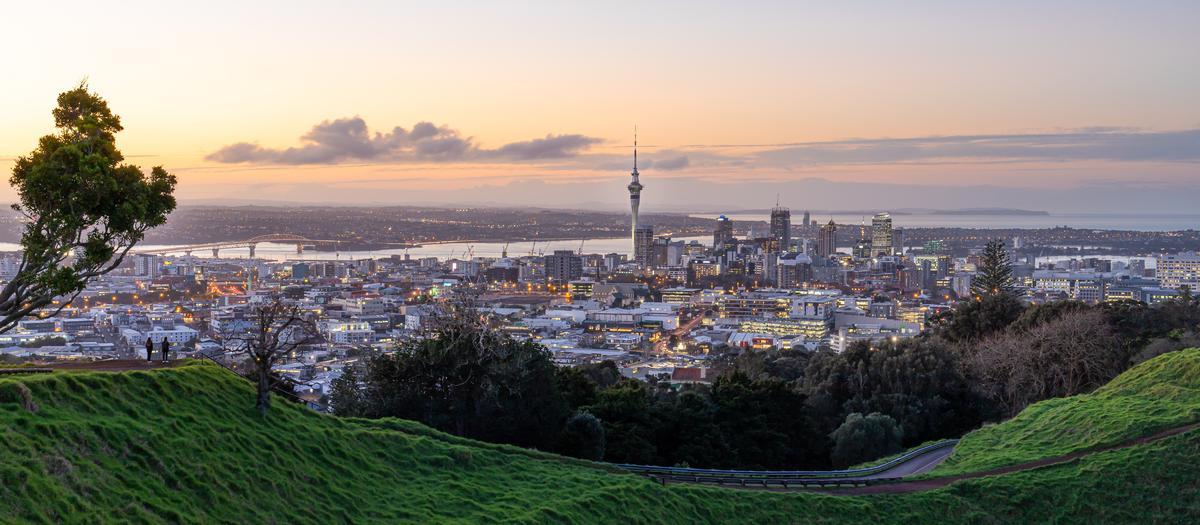
9. Auckland
Ready for a sun-soaked city escape with endless outdoor options? Visiting Auckland this month turned out to be an inspired choice — warm ocean breezes swept across the harbours, volcanic cones glowed gold at sunset, and the city buzzed with a relaxed, coastal-urban energy!
I flew straight into Auckland Airport and within 30 minutes was cruising north across the Harbour Bridge toward the breezy suburb of Takapuna, basing myself at the stylish 4-star Hotel Indigo Auckland (about $146/night) for an easygoing four days focused on food, ocean views, and outdoor exploring.
We came here as part of a bigger trip and I didn’t expect Auckland to be this vibrant, cool, and interesting all at once.
The absolute best thing about Auckland for me was how close the city life and nature are, which made every day feel like a new experience.
I loved walking along the waterfront near Viaduct Harbour, watching boats and grabbing coffee, and it quickly became my favorite daily ritual.
The skyline mixed with ocean views felt unique and kind of unreal, especially at sunset when everything looked golden.
We took a ferry to Waiheke Island nearby, and that was such a brilliant idea because the wine, beaches, and views were spectacular.
Auckland is surrounded by volcanic hills, and hiking up Mount Eden gave us one of the best views of the city you’ll ever see.
The food scene here is amazing underrated, with so many cool spots serving fresh seafood and global flavors.
I loved how multicultural the city felt, and it made wandering neighborhoods feel exciting and full of life.
The city also felt surprisingly affordable compared to other big destinations, which made the whole trip less stressful.
What I loved best:
Dining at Amano was my personal highlight, one of the city’s beloved waterside restaurants — I was completely taken by the bright snapper crudo lifted with citrus and chilli, followed by a crisp basil gimlet that tasted as fresh and invigorating as the sea breeze drifting in from the harbor!
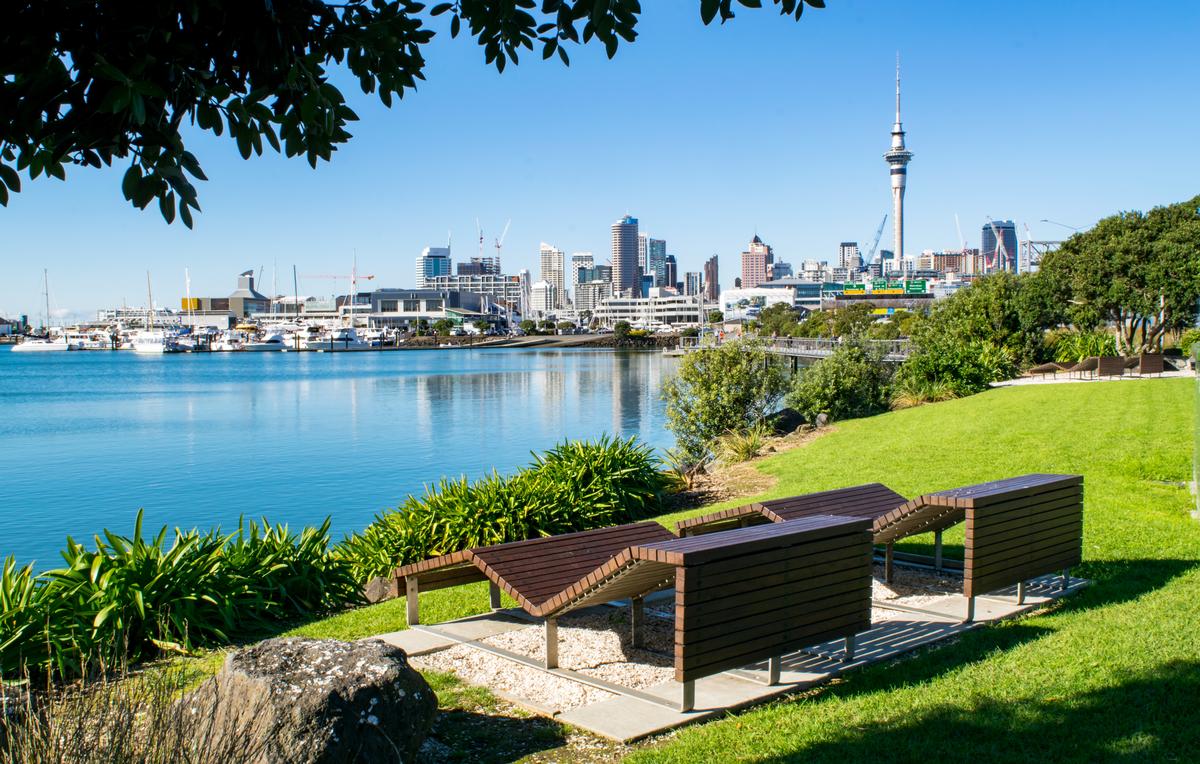
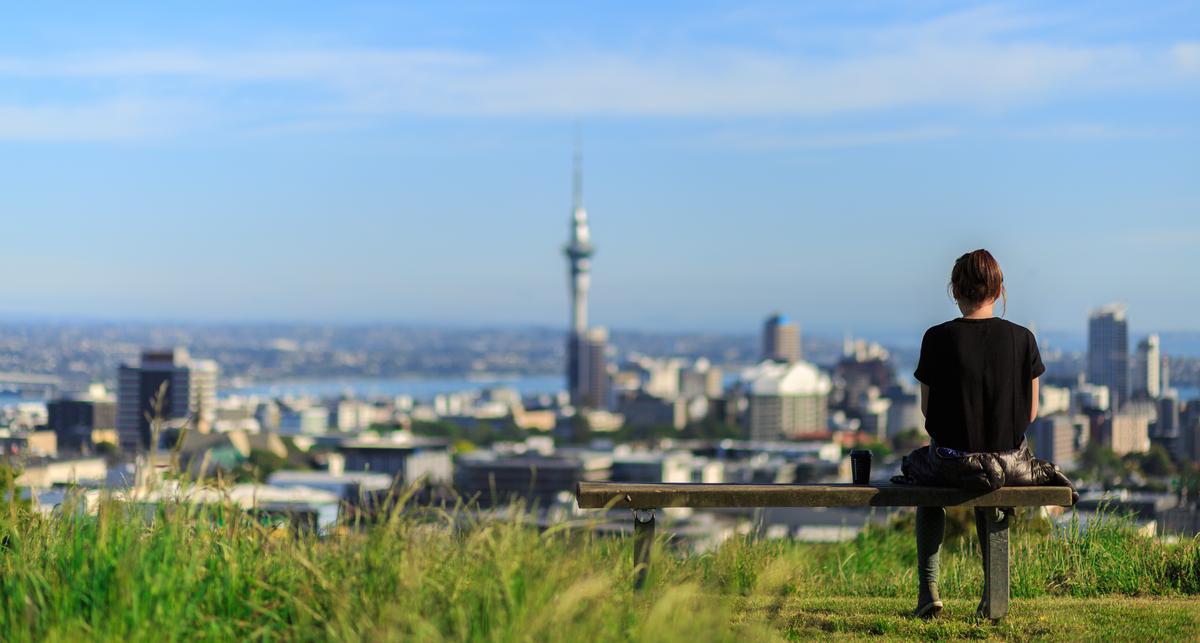
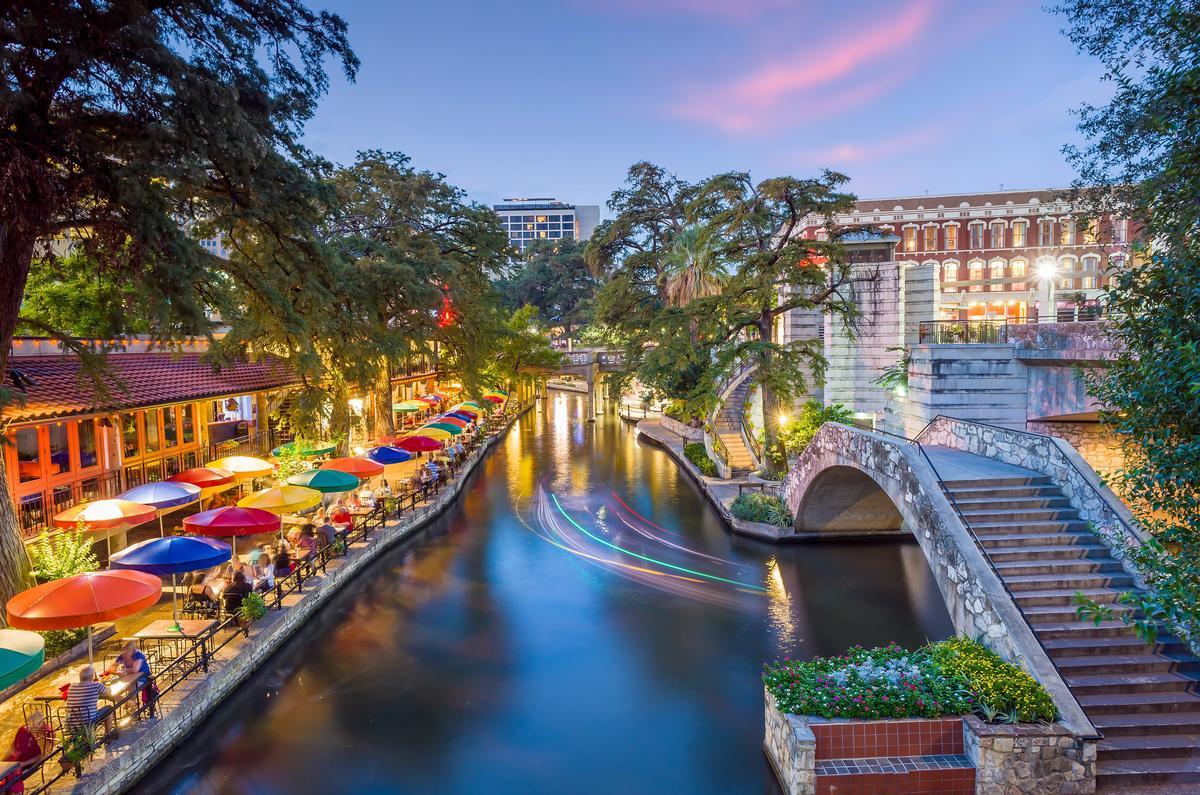
10. San Antonio, Texas
Less than two hours from my house near Austin, this is one of my favorite cities to visit because it blends culture, history, and warm winter sunshine in the most inviting way. In February, the weather is mild and perfect for exploring the River Walk without the summer crowds. I found it easy to stroll, dine outdoors, and soak in the charm of a city that feels both lively and laid-back.
Visiting here on a day trip this month, just 1.5 hours by car from my home, turned out to be an amazing decision — mild sunshine warmed the historic Spanish architecture, the River Walk shimmered beneath blooming cypress trees, and the city’s easygoing blend of culture, history, and Tex-Mex flavor made it feel like the perfect early-year escape for me!
By this month, the whole city felt wide open — museums quiet but lively, the missions glowing in soft afternoon light, and the River Walk buzzing with mariachi music and fragrant patios. I also caught the vibrant San Antonio Stock Show & Rodeo, and found out that the exciting Cowboy Breakfast tradition also took place this month.
- Average February temperature: 45°F – 68°F (7°C – 20°C)
What I loved best:
For me, San Antonio is one of the best places to travel in February. It's unique, affordable and my favorite escape I can’t wait to return to!
Dining at Acenar along the River Walk was my favorite highlight. I was completely won over by the seared shrimp in smoky chipotle sauce, paired with a bright prickly pear margarita that felt as vivid and refreshing as the warm evening air drifting over the river!
If you loved this city, check out more places to visit in Texas!

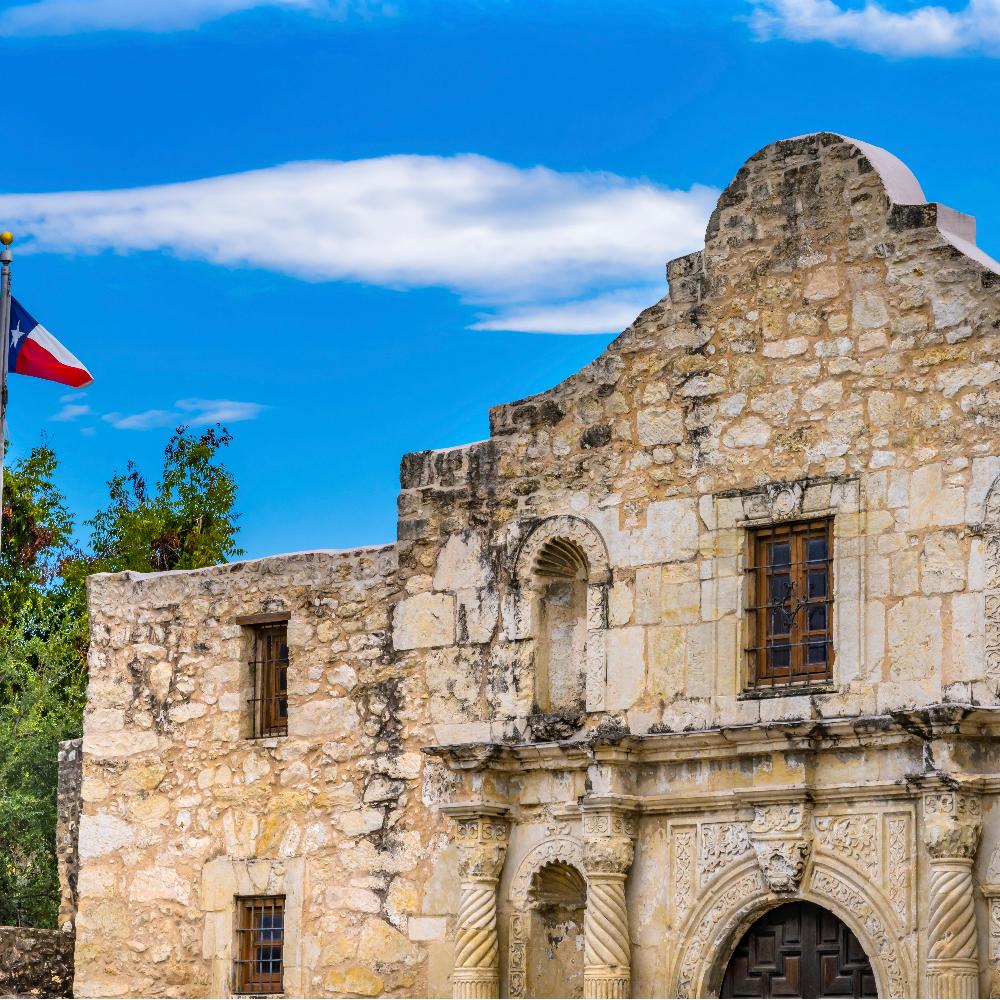
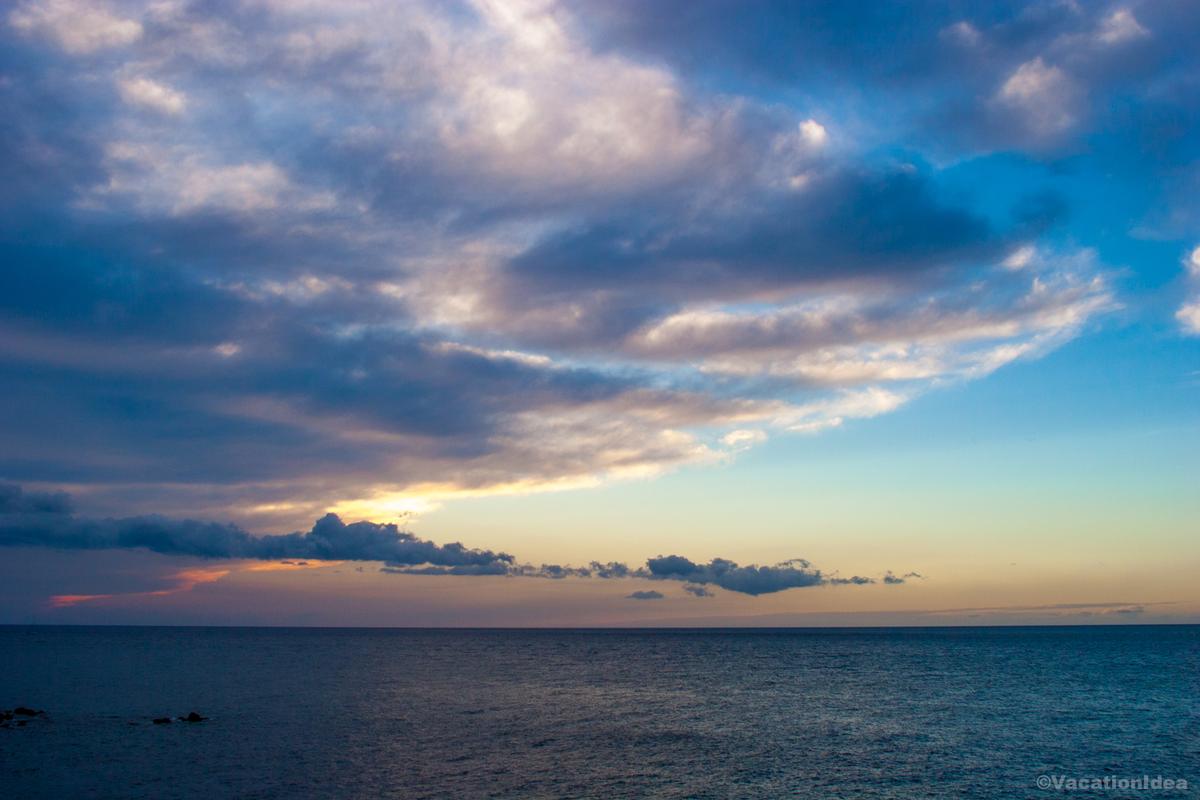
Booking Checklist
1. Book Your Flight - I use Expedia because I like their mobile app with my itinerary. They've helped me re-book flights on many occasions. Once you reach their Gold tier, support is especially good.
2. Book Your Hotel - I use Booking.com or Expedia, depending on my destination.
3. Book Your Rental Car - I use Expedia.
4. Book your tours on Viator or Get Your Guide.
5. If you are planning to visit more than three national parks in the next 12 months, buy the America the Beautiful Pass.
